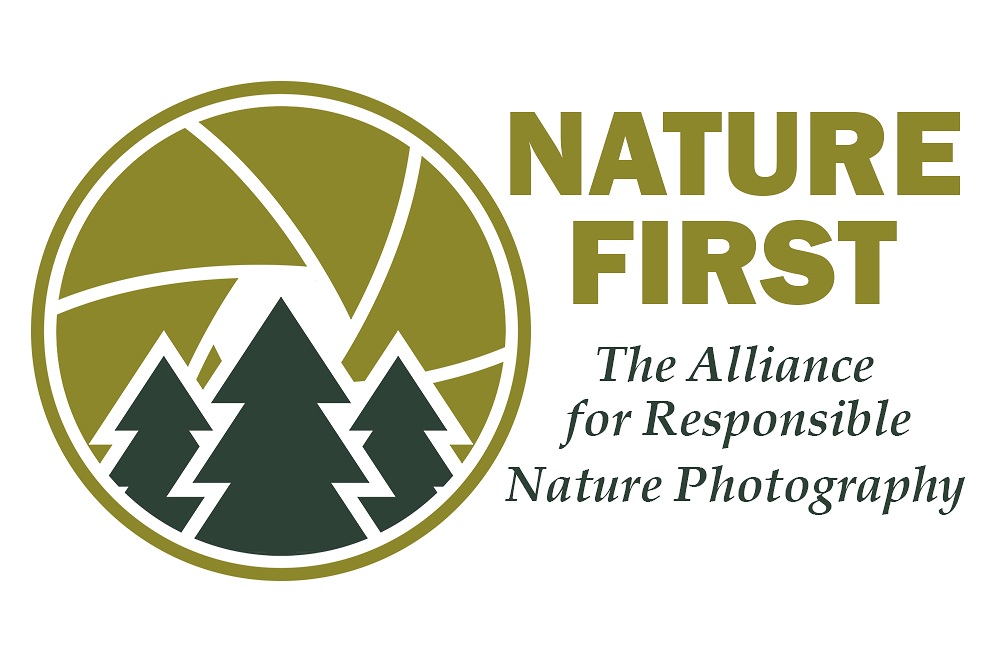Wildlife Wednesday , Snap , Crackle and Pop

Following on from our successful fox release at the wildflower meadow hide , it’s now the turn of the brushes ( hedgehogs ) and once again we are carrying out a soft release on behalf of the RSPCA Oak and Furrows animal rescue centre.

Today’s lucky chaps are three hedgehogs that we have named Snap , Crackle and Pop. All born this year and abandoned by their mothers these lucky hogs have been hand reared at the rescue centre. Today they will finally have their first taste of freedom , well nearly. The rear garden has been temporally secured for one night . Tomorrow night they will finally be free to come and go as they please..

Snap , Crackle and Pop are the 11th , 12th and 13th hedgehogs to be released into our garden over the past few years. Locally we now have a healthy population of these small endangered mammals. It just goes to show that with a little helping hand , nature can repair the balance .
If you want to know a little more about the iconic hedgehog , please click here.
You might also like…….
REVIEW – VORTEX BINOCULARS
VORTEX DIAMONDBACK 10 x 50 HD BINOCULARS REVIEWED BY PETER HANSCOMB To start , these binoculars feel like a quality product , well designed and sleek. The rubber armour feels solid and secure and you feel like you have a strong comfortable grip whilst in use. In addition the rubber armour provides a sense of…
LOCATION – MOULDON HILL
MOULDON HILL COUNTRY PARK Mouldon Hill is literally a stones throw from my house , two minutes in the car and one of my favourite locations to watch and photograph wildlife.There is a real diversity in habitats, from open grass fields , river , canal , lake and woodland. Scratch below the surface and you…
WILDLIFE – THE CUCKOO
THE CUCKOO , Cuculus canorus The Cuckoo is a dove-sized bird with blue grey upper parts, head and chest with dark barred white under parts. With their sleek body, long tail and pointed wings they are not unlike and sometimes confused with Kestrels or Sparrowhawks. Both sexes are similar in size and appearance .Young cuckoos…















Hedgehogs are very cute. Thanks for giving them habitat.